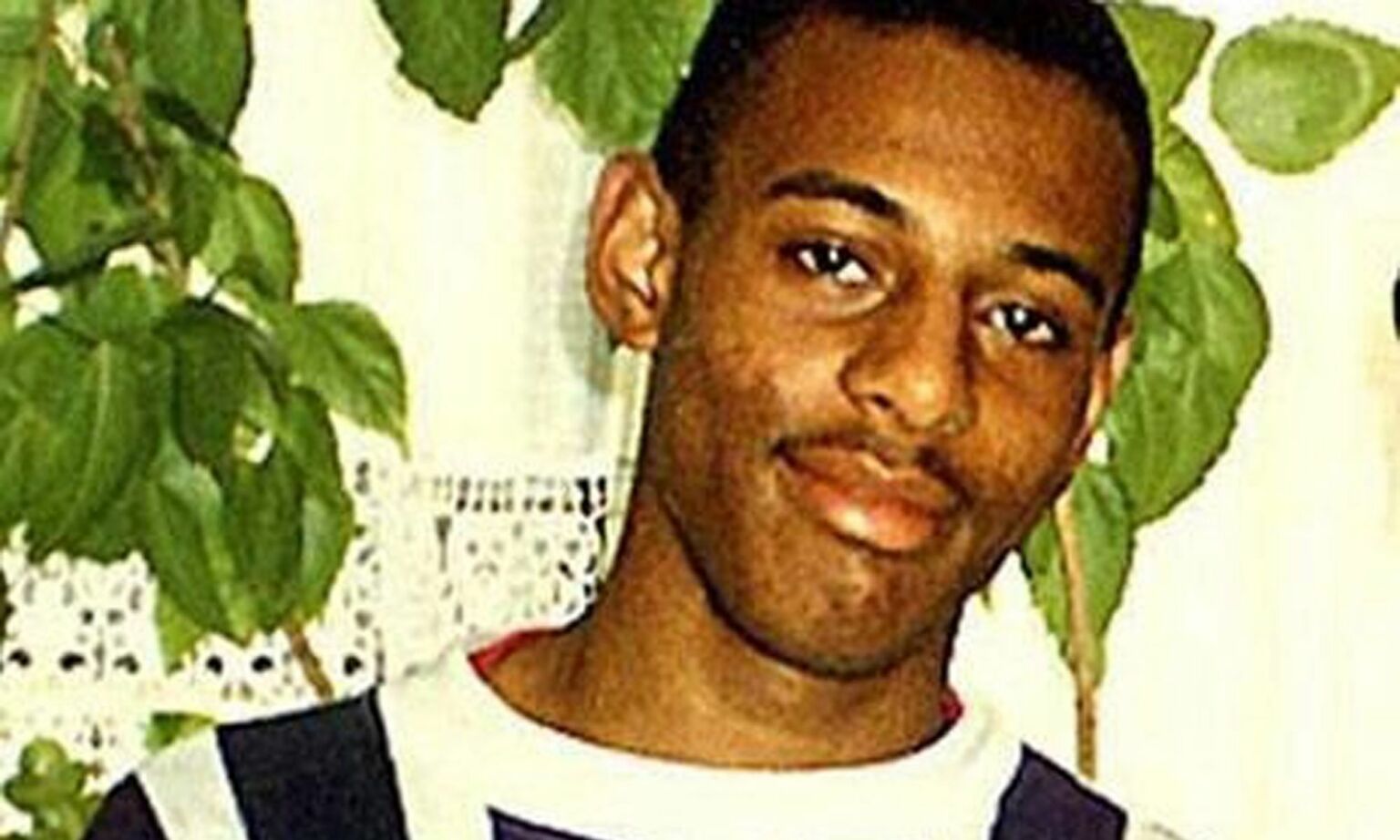
Long-read
The exploitation of Stephen Lawrence
How a brutal, racist murder was used to demonise the masses.
Want to read spiked ad-free? Become a spiked supporter.
Today is Stephen Lawrence Day. It commemorates the 30th anniversary of the lethal stabbing of 18-year-old Lawrence in Eltham, south-east London, at the hands of a gang of young men.
Initially, six suspects were arrested but not charged, before the Lawrence family launched an unsuccessful private prosecution against five of them in 1994. It was not until 2012, after a change in the law allowing individuals to be tried twice for the same offence, that two of the gang were eventually convicted of Lawrence’s murder.
Do I need to add more details? Isn’t this one instance where the name of the victim – Stephen Lawrence – is enough to conjure up a tragedy and summon a sequence of events?
Many will be able to immediately recall that photograph of the teenager in a blue and white striped top. It is sometimes cropped to remove Lawrence’s slightly raised fist, as if some fear this gesture would take away from the severity of the crime in some way. But arguably, the canonisation of Lawrence has already done this. By elevating him to the status of a saint, he has been reduced to the standard of a brand. This has diminished both the savagery of his murder and the seriousness of the issues raised in its aftermath.
To the younger, agile generation, the name of Stephen Lawrence may resonate on some level, yet for us fragile elders it is lodged in the national psyche. We remain affected by the story. We recall the column inches taken up in broadsheets, tabloids and supplements. We have seen television dramas, documentaries and even a stage play. His mother, Doreen Lawrence, has remained in the public eye. Initially, because of her valiant efforts to have her son’s killers brought to justice, and later as a campaigner against racism, which led to a seat in the House of Lords. High-profile figures and consumer brands eager to declare an affinity with the cause have been keen to court her and call upon her services. She modelled with Emma Thompson for Marks & Spencer in 2014, advised Coronation Street producers about a storyline on race in 2020, and she carried the Olympic flag alongside fellow Labour peer Shami Chakrabarti at the opening ceremony for London 2012.
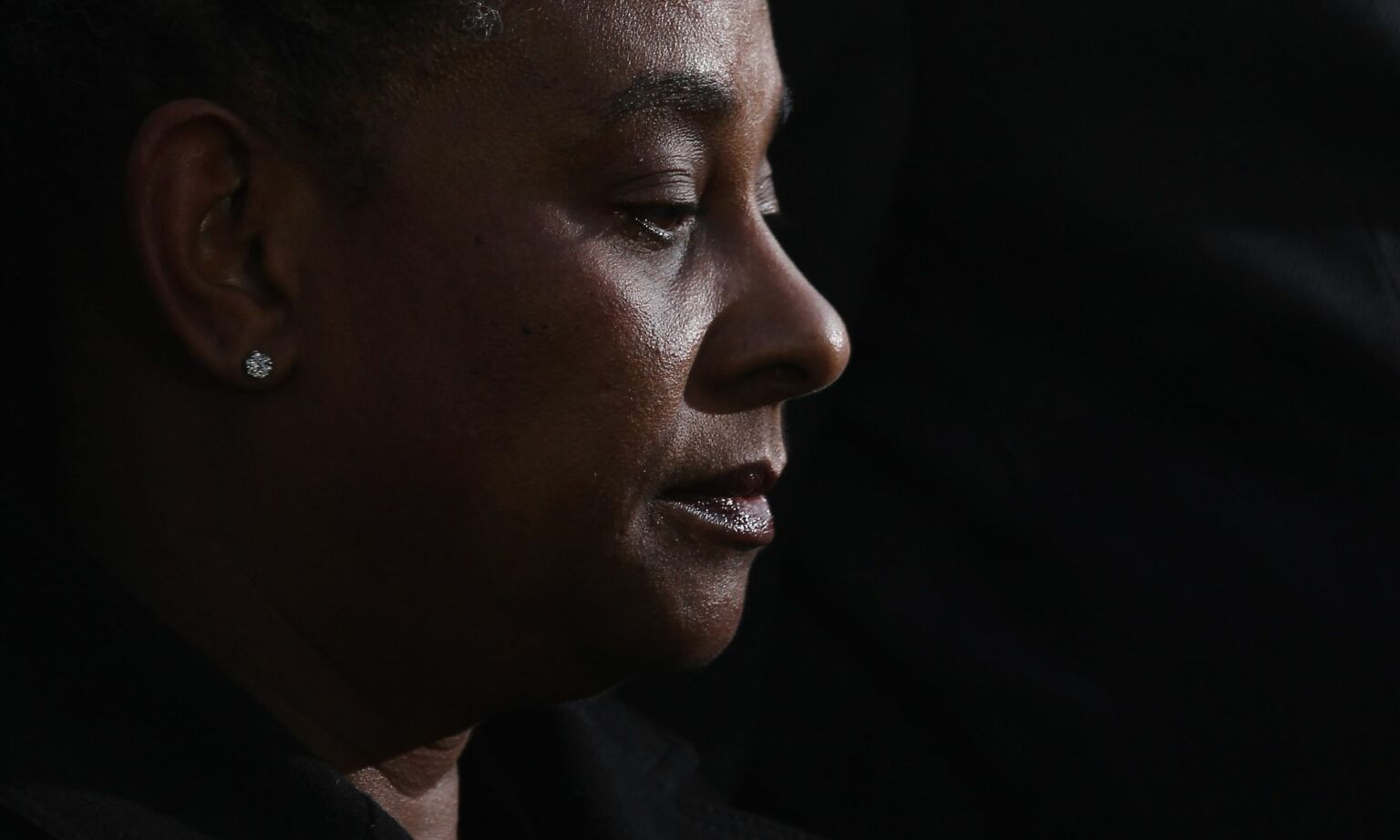
In the mid-1990s, race was not the booming industry it is today. However, there was an emergent race lobby, in the shape of the Commission for Racial Equality and other caucuses. At the time, the evidential racism these quangos and groups had originally been formed to address was abating. And so, to continue to justify their existence, they had begun redefining racism. This process accelerated following the murder of Stephen Lawrence, and especially Sir William Macpherson’s ‘Inquiry into the Matters Arising from the Death of Stephen Lawrence’. The 1999 Macpherson report recommendations were instrumental in widening and changing the meaning of racism. The Labour government introduced legislation to address ‘institutional racism’ in the police force and ‘unwitting prejudice’ in everyone else.
Since then, the race industry has flourished. Efforts to tackle ‘institutional’ and ‘unwitting’ racism have left few areas of life untouched. It has certainly brought out the grifters and chancers, especially in recent years. The lexicon of the race lobby, the terms used to silence or censor, have now become as hollow as soundbites and catchphrases. If people recoil from terms such as ‘white privilege’ or ‘unconscious bias’, it’s not from fear of being accused of them, but boredom from being browbeaten by them. It’s another development that further diminishes the just cause the race lobby came about to address – that is, actual prejudice and inequality. And so we arrive at the point we’ve reached today, where an autistic schoolboy in Wakefield has to go into hiding for scuffing a copy of the Koran, as zealots circle and issue death threats. Yet the schoolboy himself is investigated for committing a ‘hate incident’.
A racial motivation
On the day Stephen Lawrence was killed, Herman Ouseley, the chairman of the Commission for Racial Equality, telephoned the Metropolitan Police commissioner and told him it was imperative ‘[Lawrence’s murder] should be investigated as a racist crime’. The lawyers taking up the case in the Macpherson inquiry took the same approach. No matter how brutal the outcome of a crime, if the motivation was racism the punishment should be tougher; the sentence longer. In the absence of evidence, a hate crime became one that was perceived to be such by those with the grievance, or by others present (the ‘Macpherson principle’). We were in the territory of thoughtcrimes, with the accused having to prove their innocence rather than others having to prove their guilt. As Malcolm X once said: ‘They put your mind right in a bag, and take it wherever they want.’ Now the prospect of innocence is not even a consideration when it comes to the systemic racism and white supremacy said to be endemic in society at large.
Perhaps the frankest take on the Lawrence case and the high-profile inquiry is Racist Murder and Pressure Group Politics (2000) by Norman Dennis, George Erdos and Ahmed Al-Shahi. It’s a measured and forensic account that goes beyond the official line. It argues that material cited as evidence of societal racism in the Macpherson report related to the American experience of race. ‘Excusing or downplaying British racism with comparisons to the US’, the historian David Olusoga has said, ‘is a bad habit with a long history’. Yet from Macpherson onwards, making the comparison with the US, and sidelining the differences, has become a career steer for pundits whose shtick is to see British bigotry everywhere.
In a move that has diminished the tragedy further, Stephen Lawrence became the face of the race industry in the UK. Many were quick to graft their agenda on to the tragedy, even before the family had time to process the nature of his death, let alone begin to mourn the loss. No sooner had the story broke than representatives from the Anti-Racist Alliance, along with foot soldiers from left-wing fringe groups, were heading to the suburban home of the Lawrences, much to the bemusement of the occupants. A fortnight later, the teenager’s parents were at the Athenaeum Hotel in Mayfair for a press call with Nelson Mandela. Mandela went beyond comparing racial tension in the UK with that in the US – he likened the UK to South Africa, where ‘black lives are cheap’.
For many of us lower-case whites – then, now and always – Black lives are no cheaper than white lives when they are taken out by the blade, the bullet or the bomb. Those black lives might belong to our partners, spouses, lovers or friends. Not that this point was made at the time. The blood was said to be on the hands not solely of the white culprits, but also the residents of Eltham, and the white working class generally. Those who were spared this, those who were not culpable, were the ones leading the charge by way of op-eds, articles and think-pieces. These writers may have shared their ethnicity with the legions of whites on trial, but they were distinguished by their class, pedigree and education – along with the postcodes they could afford to live in.
Paradoxically, these liberal, leftish figures, perched on the top of broadsheet columns, writing from west-London townhouses or eyries in Islington, had previously taken the patrician approach towards the poor huddled masses. But viewed through this new, racialising lens, the very elements that made the urban working class endearing now made them grotesques. The Lawrence murder suspects were cast as common and illiterate, without school exams or a university degree to their name. It was pointed out that some of their mothers were both bottle blondes and smokers. By highlighting these traits as though evidence of guilt, and turning to caricatures and stereotypes, the broadsheet commentariat were guilty of all the prejudice they accused the tabloids of when black men were in the dock.
These liberals and radical stalwarts were as ignorant of the people of Eltham as they were of its location on a map. Even those of us who grew up in the urban netherworld of south London, and believed the countryside began at New Cross, had a better idea. In the 1980s, our relatives and neighbours were part of the exodus from inner London council homes to home ownership in the less salubrious postcodes surrounding Eltham. Some of them had children that went to the same school as Stephen Lawrence. They exchanged as many stories and rumours and myths about the case as others raised about the reasons the suspects hadn’t been charged or convicted. Much of which went unsubstantiated. There was a lot of sympathy for the family and little support for the suspects, contrary to reports from writers from other classes and postcodes. The media, the race industry and countless political opportunists tarred a whole community. As one white London cabbie once put it: ‘When Stephen Lawrence was murdered I thought it was terrible. Three years later, I thought I’d done it myself.’
Another murder
Those most vocal in their justified condemnation of the killers were rightly frustrated at the failure to convict them. But their response was marked by hypocrisy, too. Left-wing activists were calling for the repeal of the double-jeopardy law, and arguing in favour of the principle of joint enterprise. Previously, they’d been opposed to each of these, largely because they believed this would lead to the unfair imprisonment of young black men. Those that highlighted these hypocrisies in print were cast as racist or ‘far right’ in some quarters. I addressed this in my 2004 book, The Likes of Us. The majority of critics were hugely complimentary, but a minority all but compared it to Mein Kampf. A black academic described me as ‘an intellectual outrider for the BNP’. A hoary white academic dismissed me as ‘a poetic hooligan’. The reliably predictable Yasmin Alibhai-Brown accused me of ‘proffering an intellectual alibi’ for the murderers of Stephen Lawrence.
During the writing of The Likes of Us, the publishers telephoned with concerns. They’d been informed a team of lawyers were on tap ready to pounce on anyone that wrote about the Lawrence case. In 2005, I presented a Channel 4 documentary based on The Likes of Us. The Lawrence sequence was written by the network’s lawyers, behind closed doors and without me present, after they expressed similar fears.
It should have been possible to have criticisms of the outcome of the Macpherson inquiry, and reservations about the reporting of the murder, and still feel sufficient contempt for the killers, sympathise wholeheartedly with the plight of the teenager’s parents, and believe the Metropolitan Police should be held to account if proof emerged that negligence or racism had thwarted the investigation. Or so you’d think.
Lawyers, campaigners, civil-liberties groups and race caucuses maintained at the time that the Metropolitan Police were responsible for jeopardising the efforts to bring justice for the Lawrence family. Yet this collective lobby was itself responsible for jeopardising justice in the case of Richard Everitt.
In the early 1990s, an inter-ethnic school-yard rivalry had taken hold in Somers Town, north London. It reached its tragic culmination in August 1994, when 15-year-old Everitt was stabbed to death by a gang of Bangladeshi teenagers. It was very similar to the Stephen Lawrence murder, except the victim was white and the perpetrators were not.
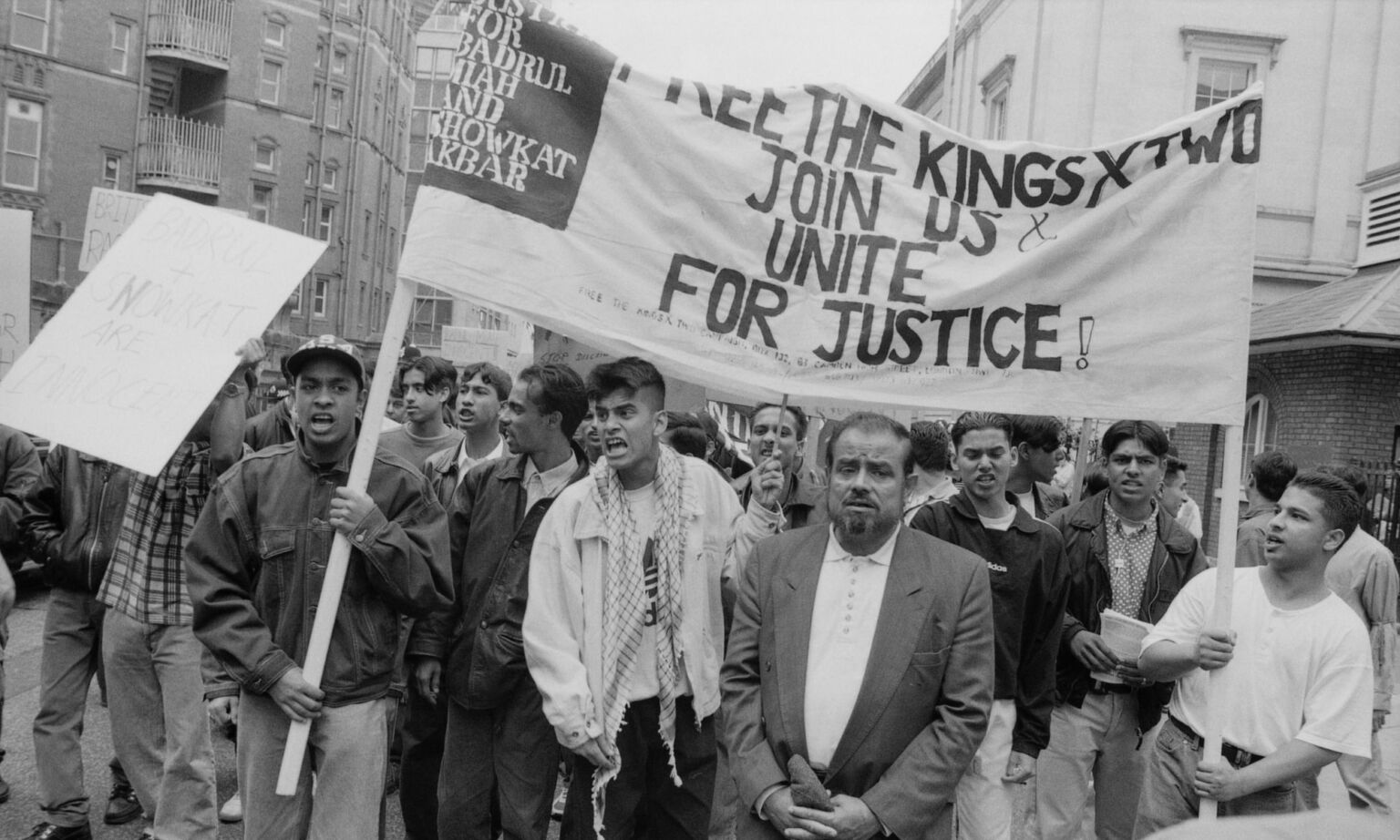
The racialising argument central to the Lawrence case was that the teenager would not have been murdered if he was white. Yet the race industry never even considered if Richard Everitt was murdered because he was. Race was swiftly removed as the motivation for Everitt’s killing, perhaps because the Metropolitan Police were still reeling from the fall-out of the Lawrence murder.
Prosecution lawyers in the Lawrence case took up the case for the defence in the Everitt murder. They rallied Labour MPs and affiliates with a background in law for support. Human-rights charity Liberty, Camden Racial Equality Council and the Society of Black Lawyers added weight to a campaign (‘Free the King’s Cross Two’) when two of the boys from the Asian gang accused of murdering Everitt were arrested – one of them was later sentenced for the murder. While condemning the use of ‘joint enterprise’ in this case, the lawyers and the broader race lobby celebrated when in 2012 it was used to bring about a guilty verdict for two of the gang members in the Lawrence murder.
Ultimately, neither Stephen Lawrence’s nor Richard Everitt’s parents truly received justice. Neither discovered who held the knife that took their son’s life. The Everitt investigation was closed decades ago; the Lawrence case was classified as ‘inactive’ in the summer of 2020. Both families had their lives changed and fractured by the loss of a teenage child in a brutal and senseless manner. That loss remains with them today, and will remain with them always.
In this they are not alone. The murder of Stephen Lawrence had such an impact that there is a commemorative plaque on the street where he was murdered, and the anniversary of his murder has been commemorated since 2019. Today, as we’re encouraged to remember a teenager’s murder that attracted so much interest and media attention, maybe we should also reflect on Richard Everitt and other innocents, black or white, whose lives were cut short by the blade or the bullet, but whose deaths didn’t warrant the column inches and the screen time. Perhaps because they didn’t fit the customary narrative on race. Share their stories. Say their names
Michael Collins is a writer, journalist and broadcaster. He is the author of The Likes Of Us: A Biography of the White Working Class.
Pictures by: Getty.
Who funds spiked? You do
We are funded by you. And in this era of cancel culture and advertiser boycotts, we rely on your donations more than ever. Seventy per cent of our revenue comes from our readers’ donations – the vast majority giving just £5 per month. If you make a regular donation – of £5 a month or £50 a year – you can become a and enjoy:
–Ad-free reading
–Exclusive events
–Access to our comments section
It’s the best way to keep spiked going – and growing. Thank you!



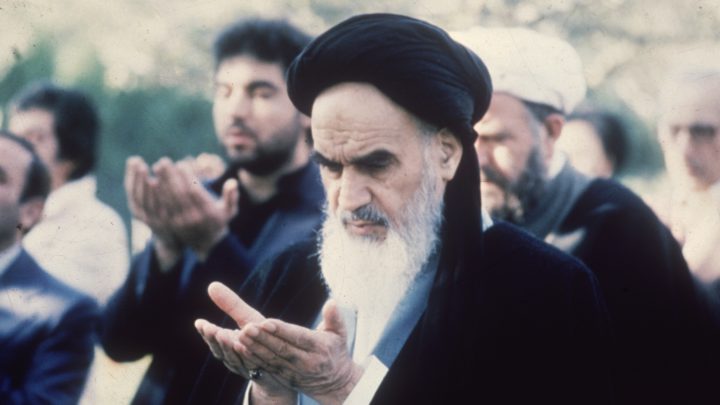
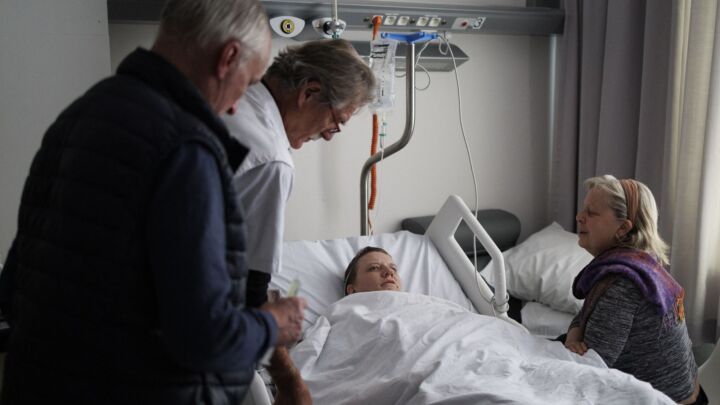

Comments
Want to join the conversation?
Only spiked supporters and patrons, who donate regularly to us, can comment on our articles.